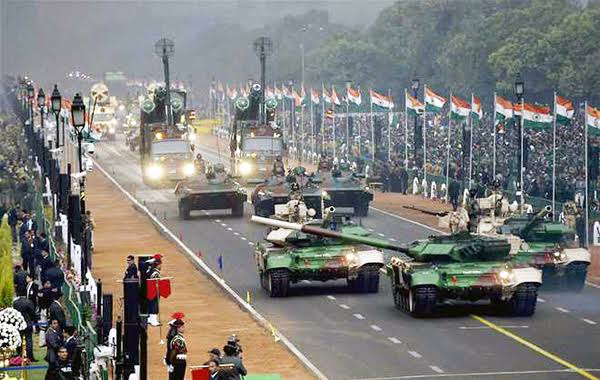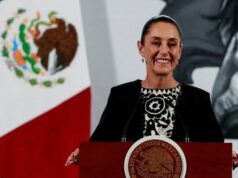Indian Defence Spending Rose 76 Percent Between 2011 & 2020, Global Average 9 Per cent

As per SIPRI, India is the third highest spender on defence after the US and China. A report of the Stockholm International Peace Research Institute, says India’s spending between 2011 and 2020 rose 76 per cent as against the global average of 9 per cent.
Shri Ajay Bhatt, Minister of State for Defence, stated in Lok Sabha that India is the third largest spender in the defence sector after the US and China and there is no shortage in the defence budget which has increased year on year.
Citing the report of the Stockholm International Peace Research Institute (SIPRI), Minister of State for Defence Ajay Bhatt said India’s spending between 2011 and 2020 rose 76 per cent as against the global average of 9 per cent.
In reply to questions about low defence spending as a percentage of GDP, posed by DMK’s TR Baalu, Bhatt said, “The overall trend in defence spending is based on defence capability development requirements and the expenditure on defence services, including modernisation, and has been increasing year after year.
Defence budget which was Rs 2,53,346 crore in 2013-14 has more than doubled to Rs 5,25,166 crore in 2022-23. More importantly, spending under capital outlay which includes modernisation and infrastructure development of the defence services, has grown by 76 per cent to Rs 1,52,370 crore in 2022-23 from Rs 86,741 crore in 2013-14. The defence budget is the highest among all ministries.”
Bhatt said it is not correct to say defence spending trends are not encouraging. He assured the House that there is no shortage in the defence budget.
“There is no shortage of budget. Also in 2020, India for the first time reached the 25th spot among defence export nations for the first time,” Bhatt added.
Intervening in the reply, Defence Minister Rajnath Singh said the Kargil Review Committee which studied the defence expenditure issue in detail had not recommended fixing of the defence budget as a percentage of the GDP.
“The committee had illustrious members who were not in favour of fixing the defence budget as a percentage of the GDP and had recommended targeting of maximum value against every rupee spent. The committee said there was no need for a fixed GDP to budget allocation ratio and advised prioritisation of defence spending, restructuring of restructure forces efficiency in defence production. We are doing all that the panel said,” Singh said after Baalu argued that defence spending was only 2.33 per cent of the GDP, lower than in the US and Russia.
Bhatt said the Indian borders are secure and the PM had authorised the forces “to address any security concerns there and then”.
However to become a meaningful Power, we do need at least two more aircraft carriers of 70000 ton variety, six SSGNs, three more SSBNs, 14 more diesel electric submarines, 8 more destroyers and 8 more frigates for the Navy.
Similarly IAF must be equipped with 54 fighter squadrons, 12 more AWACS, 24 NETRAS, 12 more Refuellers and at least four more squadrons of heavy lift transporters.
We need to find the money to fund the above. However most should come only through indigenous efforts and partly through make in India.




